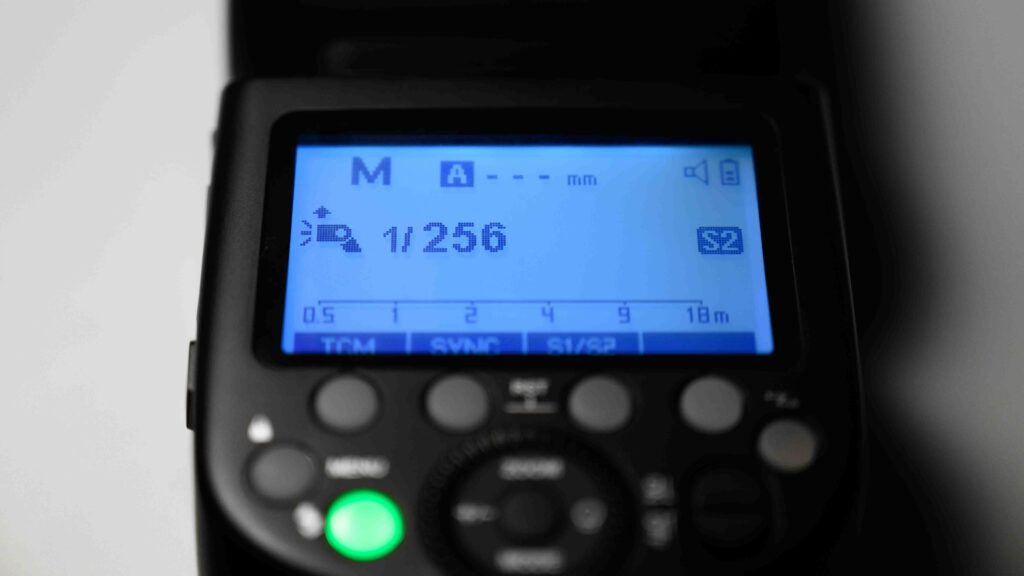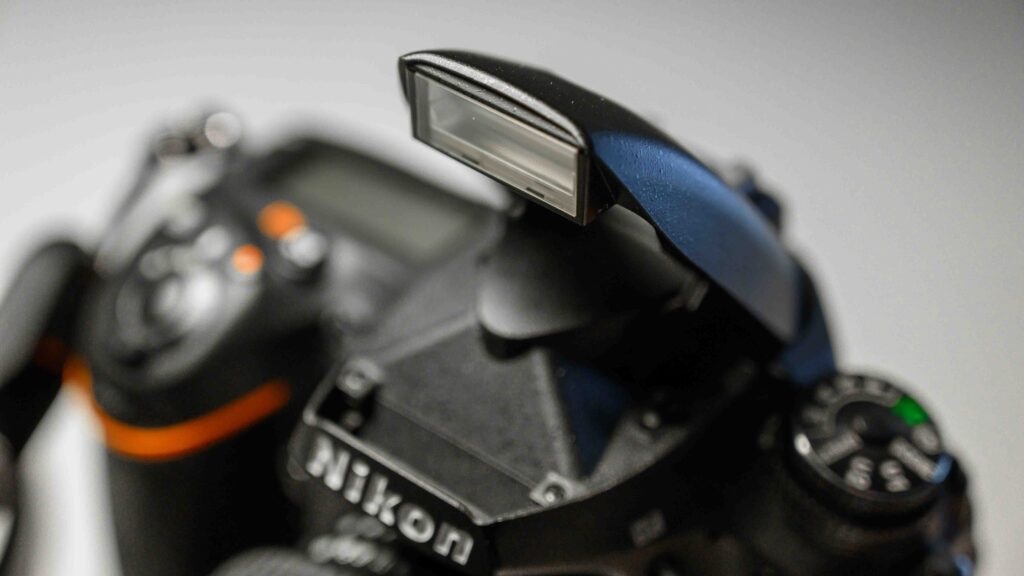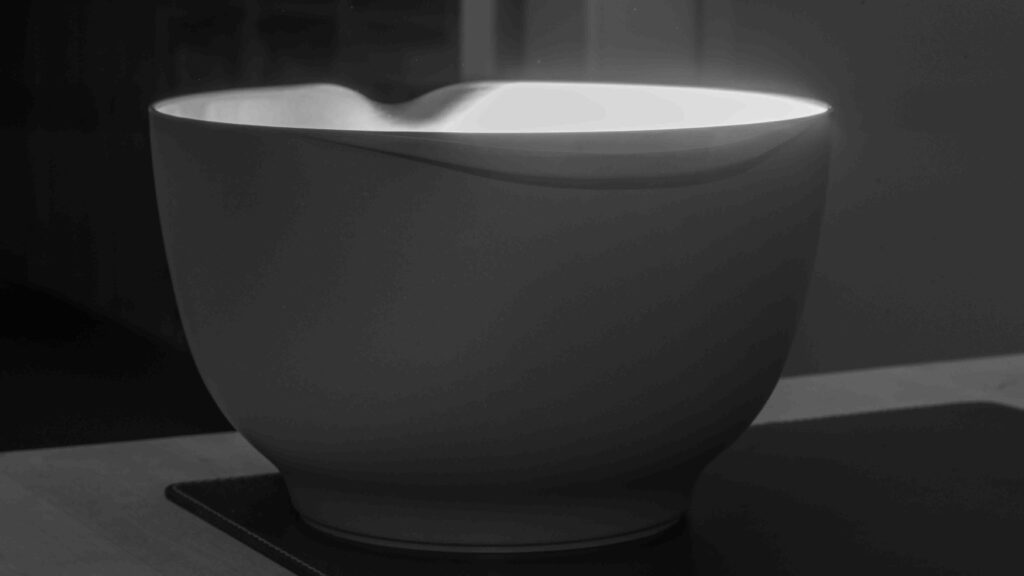Radio constraints
Most pro photographers will tell you that getting the flash off camera will be a much better option that having it on camera, as the options for positioning the flash grows to infinite. But to do so, you either need a cable between the flash and the camera (not recommended – limited reach + cumbersome) or you will need some sort of radio communication between camera and flash.
Many modern flashes like the Godox V860III comes with radio receivers, but you may not have a transmitter to put in the hot shoe of the flash, or you may want to use an older flash as fill light and don’t want to invest in a receiver. What to do?
Optical slave mode
To the rescue comes optical slave mode. Not all flashes have this feature, but many do: in the flash there is a small unit that looks for other flashes firing and when they see one firing, they follow suit. Of course, if you have set it up to do so.
You may ask how this is possible? Well, the time the shutter is open, say 1/100th of a second, is a barn door of time for a flash, so it is plenty of time for one flash to fire, another to see it and fire shortly after, and still stay within the time when the shutter is open. Flashes are unbelievably fast!

Built in flash
If you have a camera with a built in flash like the Nikon D750, you can use the built in flash to trigger the off camera flash. If the camera shoots in TTL mode (the automated flash mode), it will fire a pre-flash to measure the light and immediately after fire the flash for exposing the image. It happens so fast you won’t notice the two flashes, but your slave flash will! Therefore, you need to tell the slave flash to ignore the pre-flash and only fire when the main flash fires.

On my Godox V860III the flash has two slave modes: S1 – will fire every time a flash is seen, S2 – will fire at the second flash and hence ignore the pre-flash. So when I control the built in flash manually, I set the slave flash to S1, and when I shoot TTL, I set the slave flash to S2.
Limitations
Some say that the slave flash needs to have line of sight to the main flash, but I have been able to get the slave flash to fire even without direct line of sight. But you will need to try this out and see what works with your combination of flashes. I will say though that the slave flash will need to see a lot of light in order to be able to react, so direct line of sight is probably the safe way to go.
Another thing to notice is that the strength of the optical slave flash can only be set manually. There is no communication between the camera and the slave flash at all – only a visual signal saying: please fire! This is one of the main limitations of optical slave flashes relative to radio controlled flashes. On that note, if the camera with a built in flash is in TTL mode and the optical slave flash is set to S2, then the camera will not be able to factor in the optical slave when it meters the scene with the pre-flash, so remember to factor in the additional light using flash exposure compensation or set the strength of the optical slave flash low.

Several flashes
If you have a trigger on the camera and a radio controlled (off camera) flash, it is still possible to use an additional flash in optical slave mode. It just reacts to the radio controlled flash. This way you can bring the radio controlled and the optical slave flashes closer to each other and hence be more sure the optical slave flash will fire.
